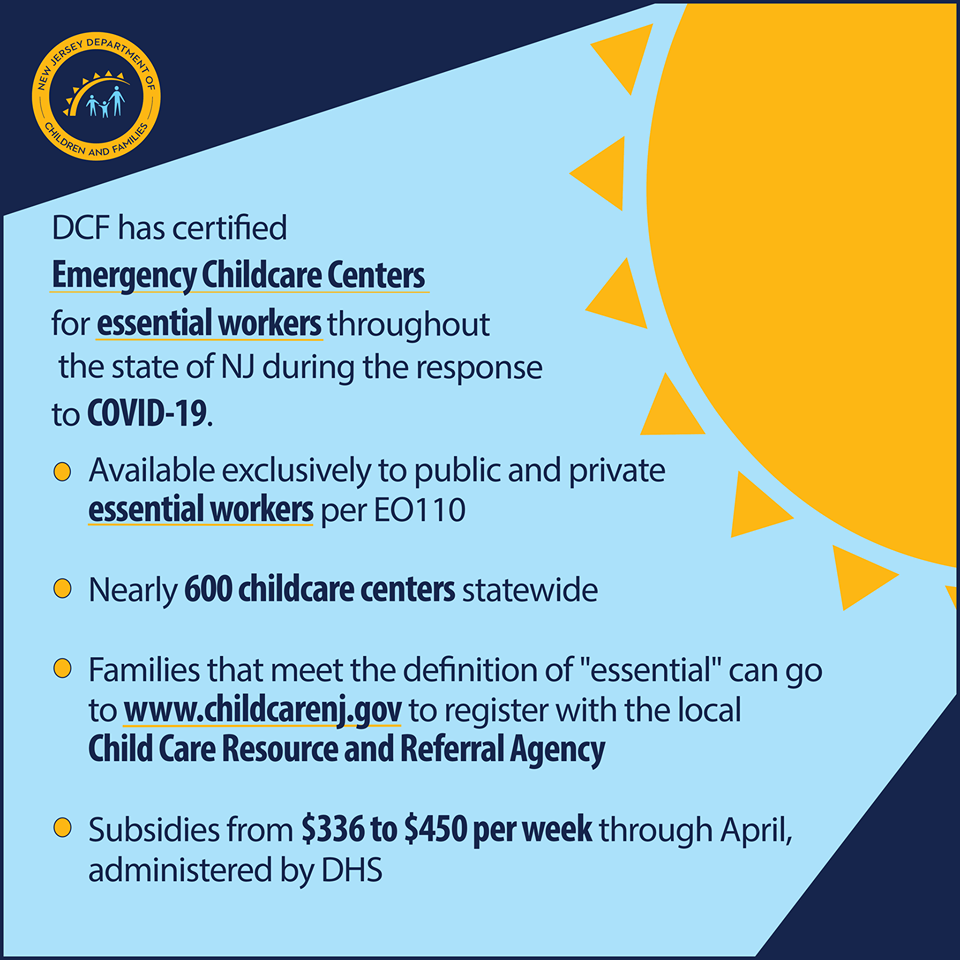Posted on April 13, 2020
Social distancing does not mean self isolation! Below is a list of platforms available to stay in touch with other family members and neighbors. The power of the internet makes this possible to do in more ways than ever before, including different social media platforms and even video conferences to see friends and family across the state. Even a simple phone call to talk through a problem may help divert a tragedy. Staying connected can help strengthen family ties, divert stress and promote healthy mental outcomes.
- Facetime - Video Calling
o Get it on: Apple Products from the Apple App Store
o Cost: Free
o What sets it apart: This is a video calling app that can only be downloaded from the Apple App store for video calling other Apple products - Snapchat - Video Calling, Text Messaging, Video Messaging
o Get it on: Android and Apple mobile devices.
o Cost: Free
o What sets it apart: This is a video messaging app that allows all messages and
conversations to not be saved. - Whatsapp - Video Calling, Text Messaging
o Get it on: Computers, and Android and Apple mobile devices.
o Cost: Free
o What sets it apart: Whatsapp is an internationally used messaging app that is
widely popular globally. - Skype - Video Calling, Text Messaging
o Get it on: Computers, web browsers, and Android and Apple mobile devices.
o Cost: Free
o What sets it apart: Skype is a widely known video calling platform that uses
Microsoft's AI technology for features such as live translations. - Hangouts - Text Messaging, Video Calling
o Get it on: Web browsers, and Android and Apple mobile devices.
o Cost: Free
o What sets it apart: Google Hangouts is a robust communication platform on the web. - Duo - Video Calling
o Get it on: Android and Apple mobile devices
o Cost: Free
o What sets is apart: This is the Google analog to Apple Facetime. But can be used on Android phones and Iphones. - Signal / Telegram - Encrypted Text Messaging
o Get it on: Android and Apple mobile devices
o Cost: Free
o What sets it apart: Both Signal and Telegram are messaging applications that use end to end encryption. - Facebook Messenger - Video Calling, Text Messaging
o Get it on: Computers, web browsers, and Android and Apple mobile devices
o Cost: Free
o What sets it apart: This is a communication service tied to Facebook's social network. - Microsoft Teams - Video Calling, Text Messaging, Community Management, Productivity
o Get it on: Computers, web browsers, and Android and Apple mobile devices.
o Cost: Free
o What sets it apart: Teams is Microsoft's chat productivity application. It allows for collaborating and staying in contact with multiple people within the team. - Discord - Video Calling, Text Messaging, Community Management
o Get it on: Computers, and Android and Apple mobile devices
o Cost: Free
o What sets it apart: Discord is a robust community management tool. Create servers or rooms for different interests or teams to communicate and keep in touch. - FreeConference / FreeConferenceCall / FreeConferenceCalling - Conference Calling Service that is Free
o Get it on: Create the account online using an email address and use the service with a phone.
o Cost: Free
o What sets it apart: Each of the listed above are not typos. Each is an individual company that provides conference calling for free. - Google Voice - Cloud Based Phone Number
o Get it on: Computers, and Android and Apple mobile devices
o Cost: Free if used to make calls within the United States. Calls to other countries have a cost per minute.
o What sets it apart: Google Voice is a cost effective way to have a phone number and make phone calls so long as you have access to the internet. - GotoMeeting
o Get it on: Computers, and Android and Apple mobile devices
o Cost: Free for two weeks.
o What sets it apart: Video conference calling for many people - Marco Polo
o Get it on: iphone and ipad
o Cost: free
o What sets it apart: it’s like "video walkie talkie," a video chat app that lets you send quick messages back and forth.

 For as long as schools are closed,
For as long as schools are closed, 

